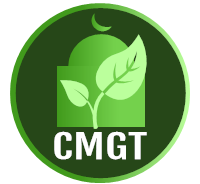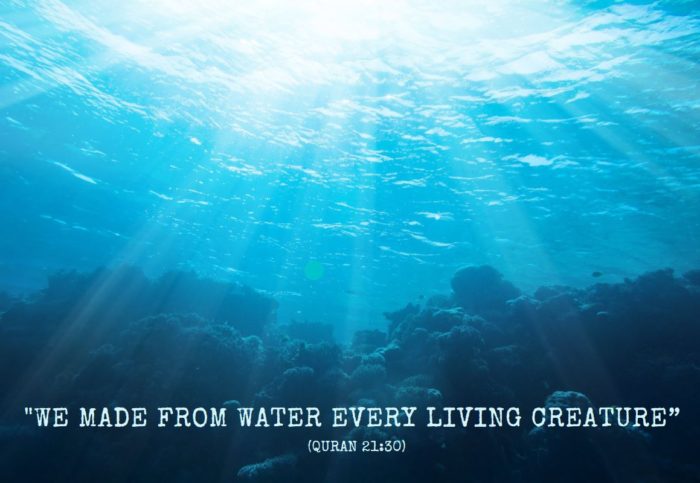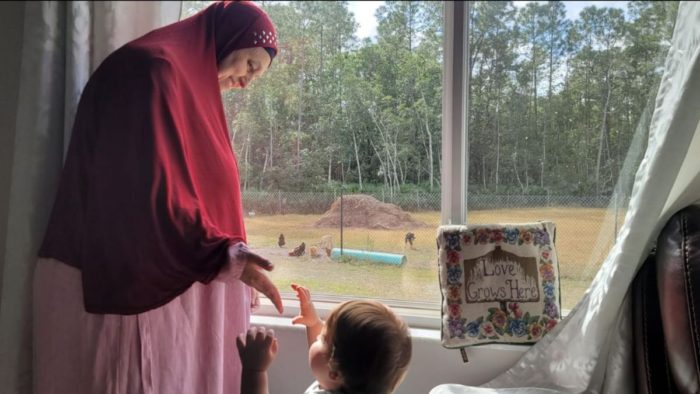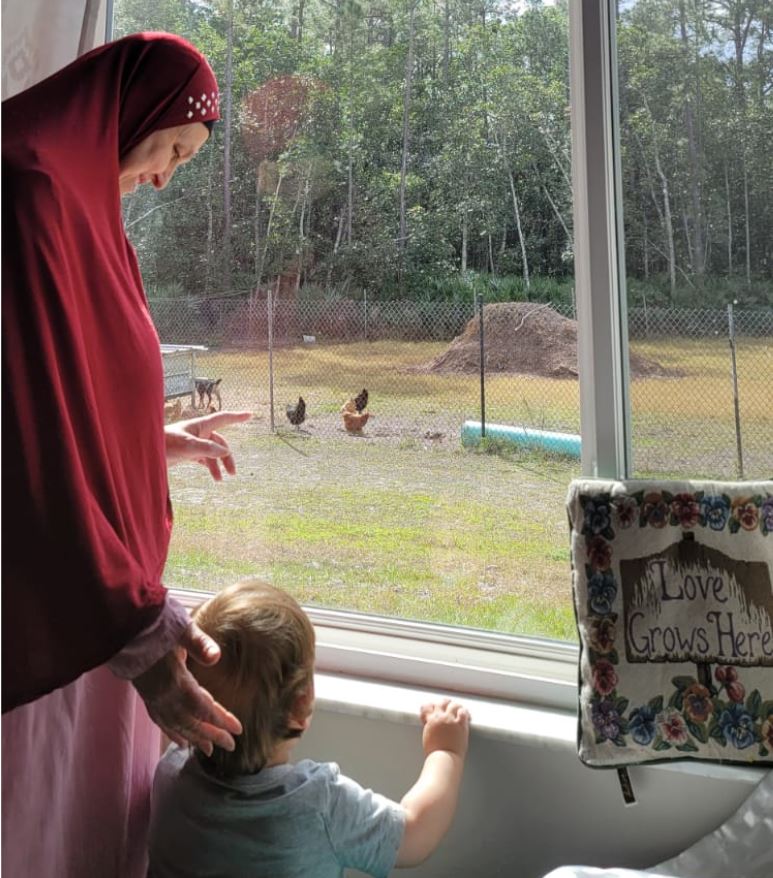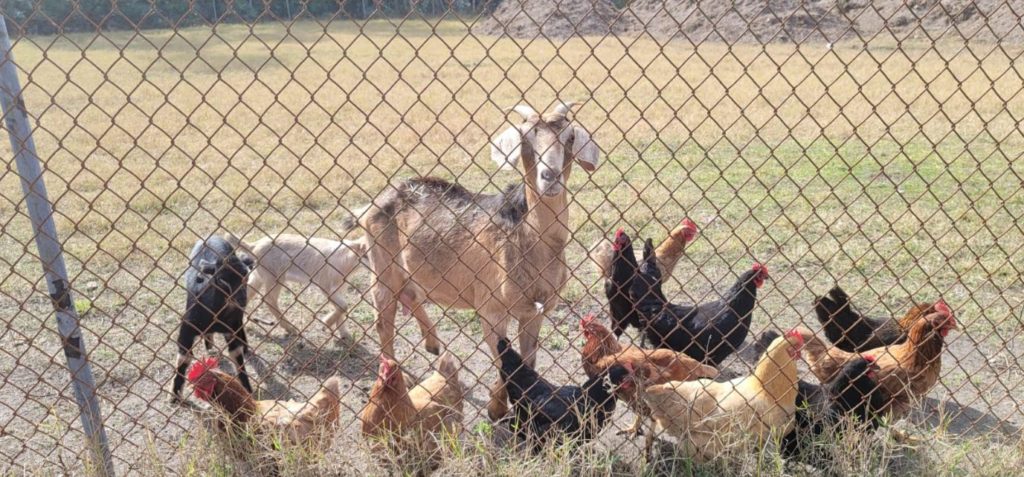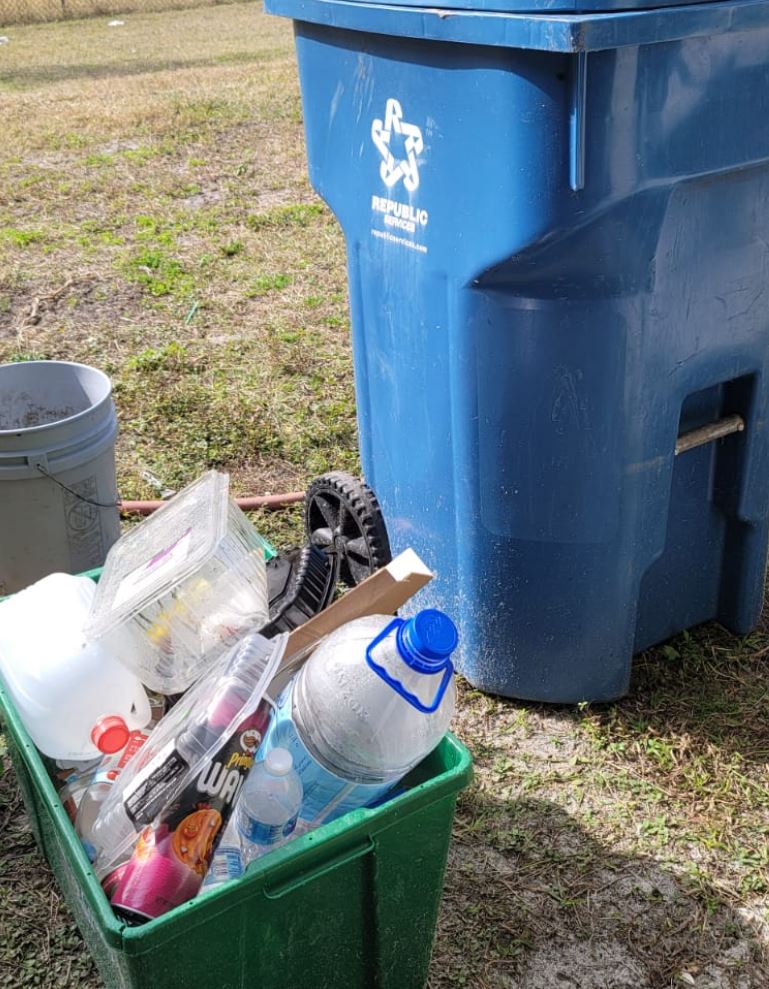This year, the World Water Day on March 22, 2021 had a theme: “Valuing Water,” which poses a question for us to consider in our daily lives, “What does water mean to me?”
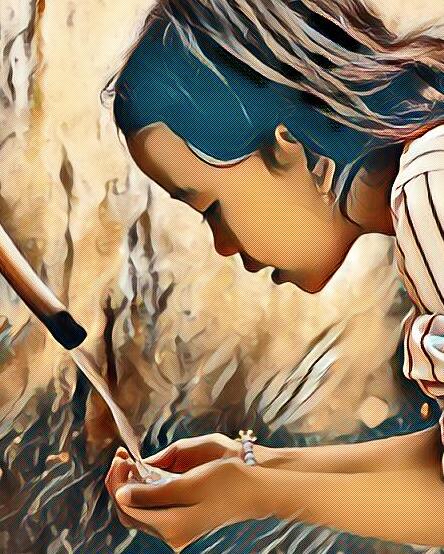
To the UN Secretary-General, António Guterres, water means protection. Unfortunately, he states that, “Today, we are not on track to ensure everyone has access to water and sanitation by 2030, as set out in Sustainable Development Goal 6. While advances are being made, current progress needs to quadruple to achieve universal access.”
The problem in accessing water is not simply a global issue either — it starts locally. In February, 2021, Chicago Tribune reported on the problems northeastern Illinois faces for water accessibility despite being less than 50 miles away from one of the largest freshwater systems in the world.
As reported in the article, since the demand for water is growing in this region, the current dependency on a little over two dozen wells to supply most of the purified water won’t be sustainable for meeting demand in years to come. It was decided recently, in January 2021, that Joliet will partner with Chicago to replace the water supplied currently by their wells with the water from Lake Michigan. While this decision brings a solution that other cities in this region can consider for sustainable water access, the cost for low-income residents will be a burden they will face in the near future. Water access should be a human right, but our current climate crisis has shown us that the problems we face with sustainable water access leads to water being treated as a commodity.
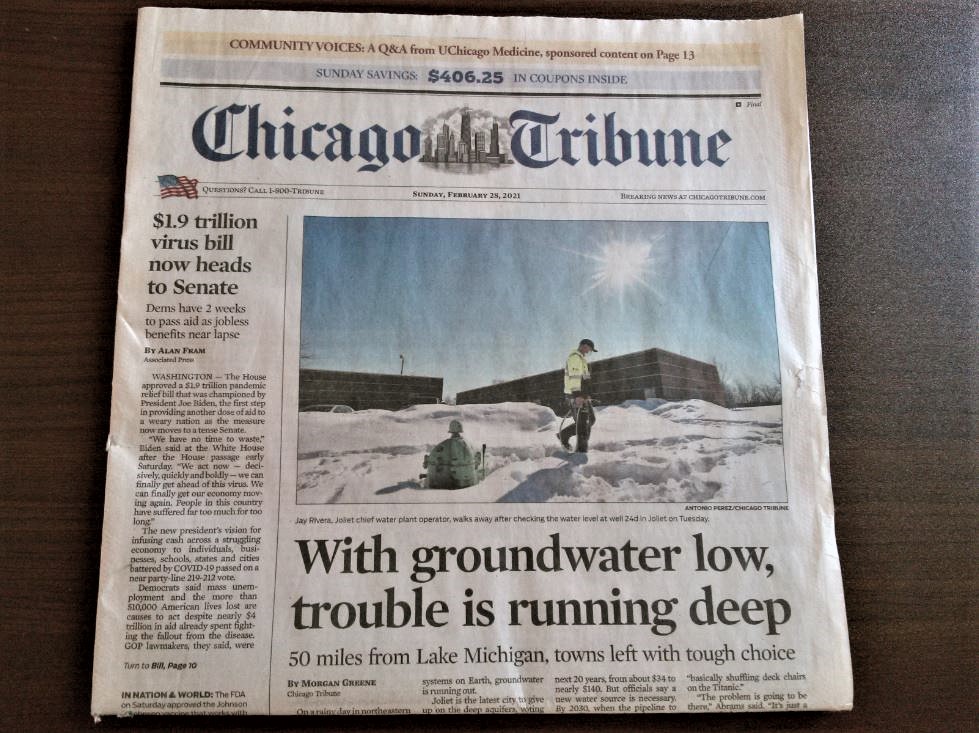
The most recent approach the CME Group Inc., an American global market company, has taken further exemplifies this issue by proposing that our water access problems could be solved if water became a traded commodity. According to the Economist, it is the “biggest financial exchange you have never heard of.” It owns Chicago Mercantile Exchange, Chicago Board of Trade, New York Mercantile Exchange, and The Commodity Exchange. The Chicago Magazine reported that as of December 2020, water joined gold, oil, wheat, and bitcoin on the Chicago Mercantile Exchange as a traded commodity.
“Proponents see this as a tool to help manage water supply risk, a way of softening the blow to farmers and cities as water gets scarcer. So far, only the Golden State’s (i.e., California) water supply is being traded; it’s sort of a test run” (Chicago Magazine).
This test run has many climate justice and water rights activists concerned about the reality that is being shaped for the future. Water rights activist Pedro Arrojo-Agudo told the UN in December 2020, “You can’t put a value on water as you do with other traded commodities.” Other climate justice activists also see the futures contracts as exacerbating scarcity and inequality by having a select few profit from and control a resource that should be accessible to all.
What does the Muslim community think about this issue?
On World Water Day 2021, Huda Alkaff, Kori Majeed, and Saarah Yasmin Latif from ISNA Green Initiative reminded us of the value of water. Water is sacred. It is used for purification or wudhu, a spiritual cleansing we perform every single day. Water is essential to life as mentioned many times in the holy Qur’an and in hadith, the record of the traditions and sayings of the Prophet Muhammad, peace be upon him (PBUH). For example, the Prophet (PBUH) once said, “Do not waste water even if you were at a running stream,” (Sunan Ibn Majah, 425).
Imam Saffet Abid Catovic, a long-time U.S. Muslim Community Activist, a Chaplain and Environmental Leader, echoed the above sentiment in response to water being treated as a commodity by the CME Group Inc. When reached for comment, he responded with “Mni Wiconi”, which in Lakota means “Water is life.” This inspiring and desperate cry was chanted by the Indigenous peoples, tribes, and water protectors at the Standing Rock (and beyond). Mni Wiconi is also a central theme in Islam’s teachings regarding water (al-ma’a). Water is a Divine blessing mentioned in the Holy Quran as the source of all life, “…and We made from water every living creature” (The Qur’an, 21:30).
In addition to reminding us of the Divine blessing that water is to all life, Imam Saffet also stated that, “In principle, the selling of water rights of seas, rivers, and lakes is prohibited as they are all owned by God and granted only as a trust to human beings. They are to be held in common for all, including both present and future generations and only to be used for the public good (maslaha). The Prophet Muhammad (PBUH) observed over 1400 years ago, human beings are partners in three resources: water, vegetation (pastures), and fire (energy). In Sunnan Ibn Majah (2473), the Prophet said, “… and none of these shall be denied or prevented from anyone.” Another hadith states, “… their price (charging for them) is prohibited” (Sunan Ibn Majah, 2472).
